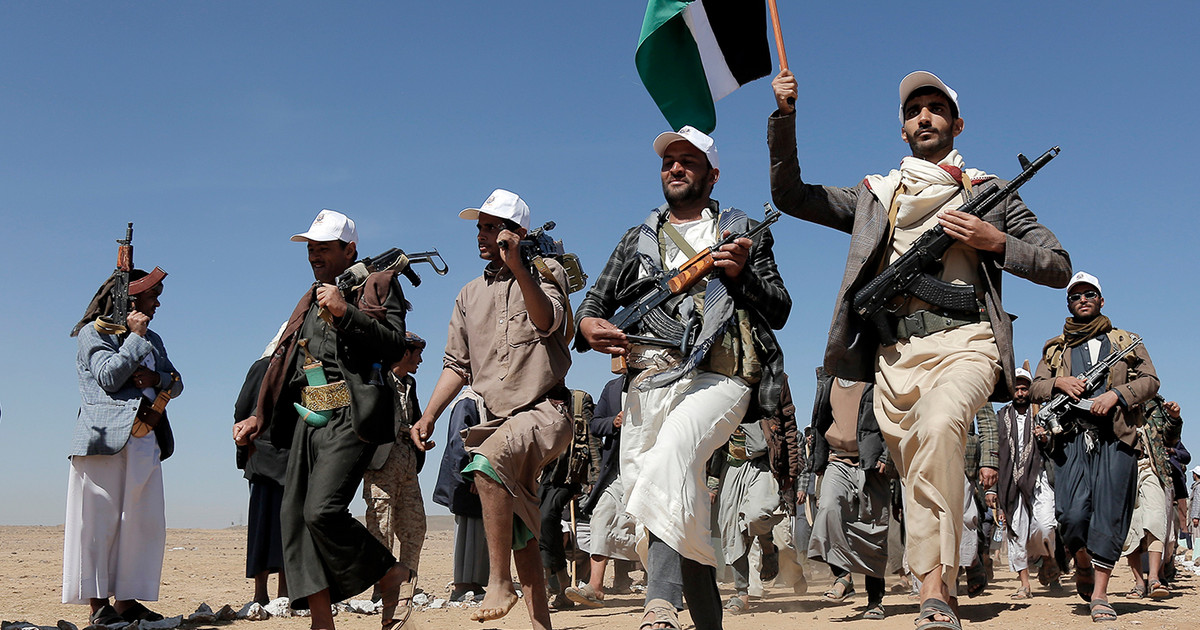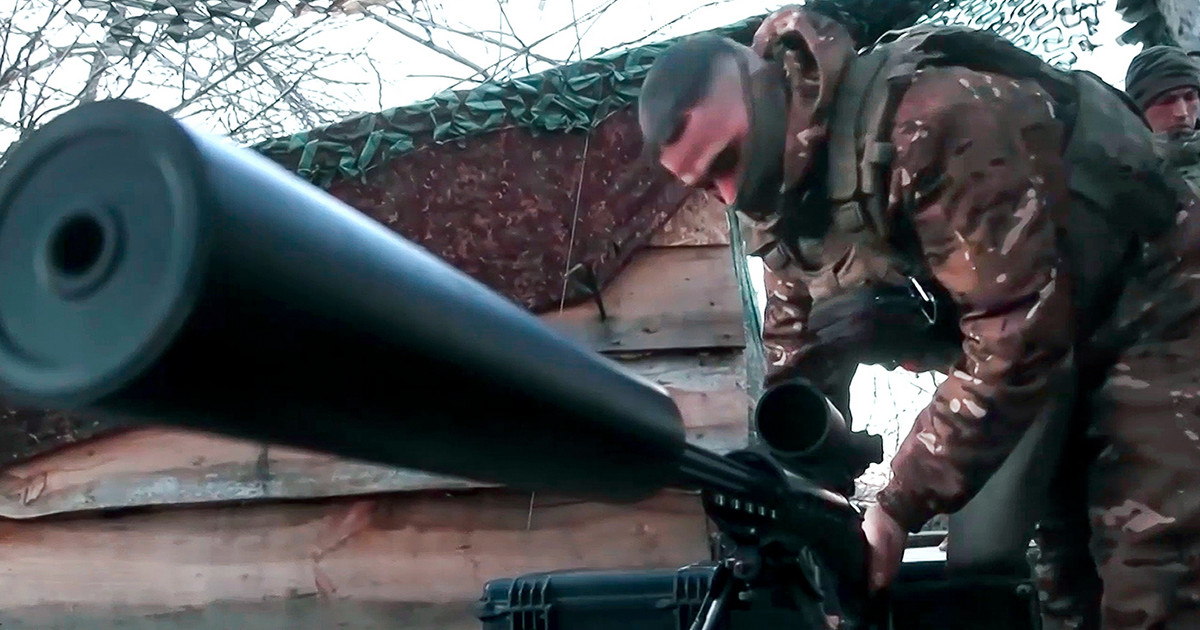No toy weapons this year on the stalls of the Turin Christmas markets. This was decided by the city councilor for Commerce, Paolo Chiavarino, who banned pistols, rifles, tanks and toy soldiers under the banner of a more ethical Christmas and away from any symbol of war.
Is it right to ban these toys? Is this really an effective way to inspire a pacifist mindset? We asked Matteo Lancini, psychologist, psychotherapist and president of the Minotaur Foundation in Milan. “By forbidding toy guns to children, I wouldn’t want adults to really think they’ve educated them in peace,” she replies.
Why, isn’t it?
«Adults, with certain initiatives, risk depriving children of expressive possibilities, thinking of imparting educational lessons to them. Then maybe it’s the adults themselves, in their daily lives or on television, who show the little ones the conflict and battles, which materialize every day through the lack of respect and abuse of the other”.
So, can the toy weapon have any use?
«Yes: it can have a function of symbolizing the aggressive aspects, linked to a body that transforms. In this society the body is placed “under seizure”, because it is seen as aggressive and destructive: the aspects of movement and conflict are repressed. This leads kids to shift their attention to video games and the Net, but in reality we don’t even like them holding virtual weapons. And so the question is: are we sure that our educational models, rather than being aimed at peace, do not become a tool we need to deny the physiological aspects of growth?».
Has it always been like this?
“No. In the past, these aspects of growing up were more tolerated, and in this way boys developed a healthier mentalization of their own bodies. Today parents are also suspicious of games such as dodgeball or dodgeball, which have names that evoke conflict, battle. Once upon a time, however, they weren’t considered an incitement to an aggressive mentality, but symbolic games through which, through the rules, children and pre-adolescents could freely throw balls without, for this, being looked at as precocious warmongers. Any initiative that values education for peace is welcome, but be careful not to always ask children and adolescents to adapt to our ideas, passed off as education, but moved mostly by our anxieties”.
The conflict, then, is not to be repressed?
«Conflict, physiologically, is part of growth and, even if adults inhibit it, it cannot be eliminated. And we mustn’t confuse games with war, which can also be a useful training tool».
If our child asks us for toy weapons, can we give them to him?
«Not necessarily, but if you decide to deprive him of this toy, you have to explain why and give him an alternative, showing him the other channels he has available to express those “conflict” and aggressive traits that he needs to mentalize his own anger and own feelings. Aggression and violence, if not outsourced, risk taking much more dangerous channels than gambling, such as social retreats or attacks on one’s body”.
How to talk about the war to children: “Tell the truth, but not quite all”
Source: Vanity Fair
I’m Susan Karen, a professional writer and editor at World Stock Market. I specialize in Entertainment news, writing stories that keep readers informed on all the latest developments in the industry. With over five years of experience in creating engaging content and copywriting for various media outlets, I have grown to become an invaluable asset to any team.






